Mortgage Insurance: Definition, Different Types, And Cost
It’s important to understand the costs you’ll be responsible for when purchasing a home with a mortgage loan. One of those expenses might be mortgage insurance. We’ll walk you through the different types of mortgage insurance, how long you’ll have to pay it, the approximate costs and whether you can avoid it.
What Is Mortgage Insurance?
Mortgage insurance (MI) is a type of insurance that works to protect lenders in the event of borrower default. It is typically required when borrowers do not have 20% or more of the purchase price for a home as a down payment. MI gives lenders more confidence and helps them approve higher loan-to-value loans. In exchange, borrowers pay an additional fee, either as a lump sum or in monthly payments.
What Is The Cost Of Mortgage Insurance?
The cost of mortgage insurance varies depending on the type of loan, size of the down payment, and the type of insurance you have. If you have private mortgage insurance (PMI), you can expect to pay 0.1% – 1% on average of your home loan amount annually.
Your premiums for PMI will depend on:
Your PMI type
Whether the interest rate is fixed or adjustable
The length of your home loan, also known as your mortgage term
Your loan-to-value (LTV) ratio
The insurance coverage amount required by your lender
Your credit score
Your home’s value
Whether the premium is refundable
Additional risk factors, which will be determined by your lender
For instance, if you have a low credit score and only put down a 3% down payment, you’ll likely pay a higher amount for your mortgage insurance than a buyer with a better credit score who put down more money on the same home.
How Is Mortgage Insurance Calculated?
Mortgage insurance is calculated by taking a percentage of the loan amount that is paid to the lender at closing. The percentage amount will vary depending on the type of loan, the size of the down payment made, and the type of insurance being purchased. Generally speaking, for loans with less than 20% down payment, an annual mortgage insurance premium of 0.45% to 1.05% is typical.
What Are The Different Types Of Mortgage Insurance?
There are three different types of mortgage insurance you should be aware of. Here’s a quick overview of each type.
Borrower-Paid Mortgage Insurance
Borrower-paid mortgage insurance (BPMI) is an insurance policy that the borrower purchases in order to help protect the lender in the event that the borrower defaults on their loan. It is typically required for borrowers who do not have 20% or more of the purchase price for a home as a down payment. BPMI can either be paid in a single, lump-sum payment or can be included as part of the borrower’s monthly payment.
Lender-Paid Mortgage Insurance
Lender-paid mortgage insurance (LPMI) is an insurance policy that the lender pays for in order to help protect them in the event that the borrower defaults on their loan. This type of insurance is typically required for borrowers who do not have 20% or more of the purchase price for a home as a down payment. LPMI can either be paid in a single, lump-sum payment or can be included as part of the borrower’s monthly payment.
FHA Mortgage Insurance Premium
The Federal Housing Administration (FHA) provides mortgage insurance to protect lenders who issue FHA-insured loans. This type of insurance is known as the FHA Mortgage Insurance Premium (MIP). It is an additional fee that borrowers must pay on top of their monthly loan payments, and it helps to protect the lender in case the borrower default on their loan. The MIP is generally required for all FHA loans with less than 20% down payment, and can either be paid in a single lump-sum or as part of the borrower’s monthly payment.
What Does Mortgage Insurance Cover?
Mortgage insurance acts as insurance protection for your mortgage lender in case you end up unable to make your mortgage payments. This type of insurance relieves the lender of any responsibility for those mortgage payments.
How Long Do I Need To Have Mortgage Insurance?
The good news about MI is that in most cases, you won’t have to continue paying it for the entire length of your home loan. Most mortgage insurance plans allow you to cancel your policy once you’ve paid off more than 20% of the full loan amount of your home.
Do USDA Loans Require Mortgage Insurance?
USDA home loans are for buyers who purchase a home in a rural area. These loans are financed through the United States Department of Agriculture (USDA) and don’t require private mortgage insurance – no matter your down payment amount. You must pay an upfront fee of 1% of your loan amount and an annual .35% fee that will serve as a replacement for mortgage insurance payments.
Do VA Loans Require Mortgage Insurance?
VA home loans are backed by the Department of Veterans Affairs for military veterans, active duty and reserve military members or qualified surviving spouses. These loans have no down payment options and no mortgage insurance requirements.
Conclusion
The bottom line of mortgage insurance is that it is a type of insurance policy that protects the lender in case the borrower defaults on their loan. It is usually required for borrowers who do not have at least 20% of the purchase price for a home as a down payment and can either be paid in a single, lump-sum payment or can be included as part of the borrower’s monthly payment. Ultimately, by researching and talking to your lender, you should be able to find a loan and insurance that fits your financial situation and needs.

